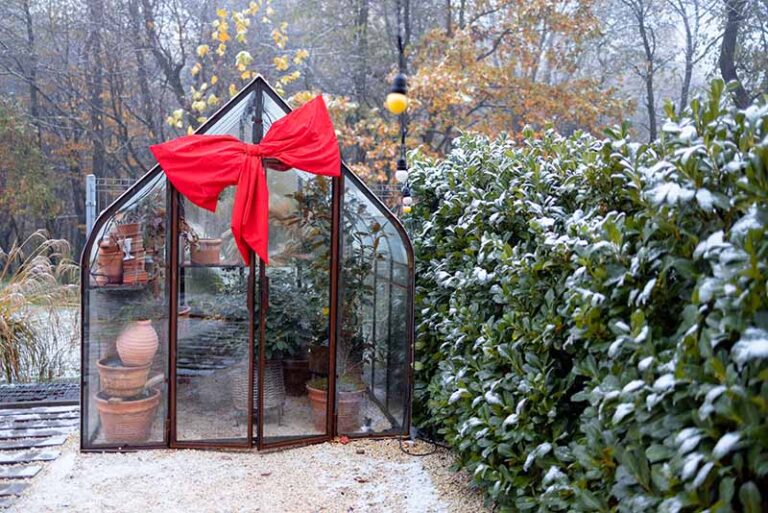When it comes to purchasing a hot tub, there are several essential factors to consider to ensure you get the perfect tub for your needs and preferences. Whether you plan to install it indoors or outdoors, intend to use it for hydrotherapy, or simply want a relaxing soak, making the right choices from the start can make a significant difference in your hot tub experience. Here’s a comprehensive guide to help you make an informed decision.
Basic Considerations
Before diving into the different types of hot tubs available, it’s essential to start with the basics:
- Location: Determine whether you’ll be installing the hot tub indoors or outdoors. Your choice will impact factors like size, accessibility, and available features.
- Capacity: Think about how many people will be using the hot tub at once. Hot tubs come in various sizes, so make sure to choose one that comfortably accommodates your needs.
- Features: Note any specific features or upgrades you’re looking for in your hot tub. These can include molded seats, massaging jets, a water treatment system, saltwater compatibility, covers, lights, speakers, drink holders, cooling capability, waterfalls, and more.
Types of Hot Tubs
Now that you have the basics in mind, let’s explore the different types of hot tubs available in the market:
1. Portable Hard-Sided Hot Tubs
Best for Comfort and Durability Portable hard-sided hot tubs offer the most options in terms of colors, sizes, seating configurations, and features. They are typically made of either acrylic or rotationally molded plastic. Acrylic models are more expensive, have an attractive glossy appearance, and often come with wood cabinetry-style enclosures. On the other hand, rotationally molded hot tubs are more budget-friendly, lighter, and easier to install. Both types can provide energy-efficient designs and durability.
2. Inflatable and Soft-Sided Hot Tubs
Best for Portability Inflatable hot tubs are very affordable and easy to set up. They are lightweight, made of laminated PVC or polyester, and can be placed on soft surfaces like grass. However, they are subject to punctures and may not have defined seating. Soft-sided hot tubs are more durable than inflatables, made of high-density foam covered with PVC or vinyl. They offer affordability and portability but may lack comfort features.
3. Swim Spa Hot Tub
Best for Fitness Swim spa hot tubs are larger and more expensive than traditional hot tubs, offering additional space for swimming and exercise. They are ideal for those who want a warm water workout along with hydrotherapy. Swim spas have higher operating costs due to their size and added features, requiring more water, chemicals, and energy to maintain.

4. Custom In-Ground Hot Tub
Best for Pool-Scaping Custom in-ground hot tubs are designed to coordinate with in-ground swimming pools. They are fully customizable but require building permits, professional design, and installation. While they offer a unified poolscape, they may be less efficient to heat and less convenient to use than portable hot tubs.
5. Wooden and Wood-Fired Hot Tubs
Best for Classic Soaking Wooden hot tubs provide a unique rustic appeal and can be somewhat deeper than portable hot tubs. They offer fewer water jet options but come with the aromatic scent of cedar or redwood. Wood-fired hot tubs, on the other hand, are ideal for remote locations or a rustic hot soak under the stars. They require wood stoves to heat the water and offer a unique off-grid relaxation experience.
Consider your specific needs, budget, and available space when choosing the right type of hot tub for you. Each type has its advantages and drawbacks, so make sure to select the one that aligns with your preferences and lifestyle.



